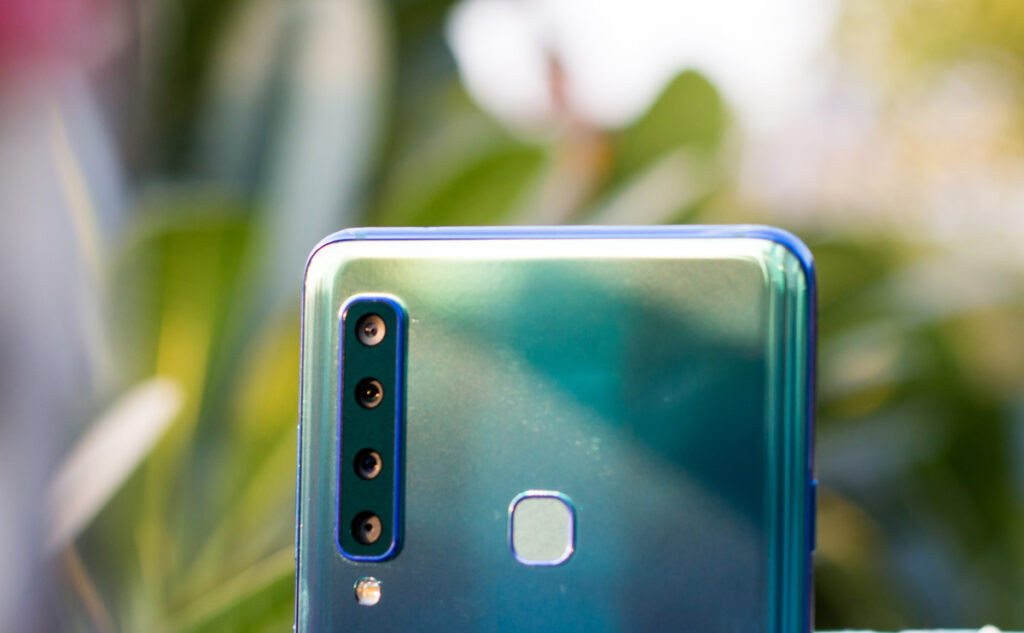Researchers have developed a system that uses the camera on a person’s smartphone or computer to measure their pulse and respiration signal from a continuous video of their face. The improvement comes when telehealth has become a fundamental way for experts to give health care while restricting vis-?-vis contact during Covid-19.
The University of Washington-drove gathering’s system uses machine sorting out some way to get subtle changes in how light reflects off a person’s face, which is related with changing blood flow. By then it changes over these movements into both pulse and respiration rate. The researchers presented the system in December at the Neural Information Processing Systems meeting. As of now the gathering is proposing a better system than check these physiological signals.
How Smartphone Camera Assists In The New System
The system is more unwilling to be tripped up by different cameras, lighting conditions or facial features, for instance, skin tone, according to the researchers who will present these disclosures on April 8 at the Association for Computing Machinery (ACM) Conference on Health, Interference, and Learning. “Every individual is unprecedented,” said lead study maker Xin Liu, a UW doctoral understudy. “So this system ought to have the alternative to quickly conform to each individual’s novel physiological imprint, and separate this from various assortments, for instance, what they look like and what environment they are in.”
The fundamental version of this system was set up with a dataset that contained the two videos of people’s faces and “ground truth” information: each individual’s pulse and respiration rate assessed by standard instruments in the field. The system by then used spatial and temporal information from the videos to discover both vital signs. While the system worked outstandingly on some datasets, it really combat with others that contained different people, backgrounds and lighting. This is a commonplace issue known as “overfitting,” the gathering said.
The researchers improved the system by having it produce a tweaked machine learning model for each individual. Specifically, it helps look for critical domains in a video layout that likely contain physiological features compared with changing blood flow in a face under different settings, for instance, one of a kind skin tones, lighting conditions and conditions. Starting there, it can focus in on that zone and measure the pulse and respiration rate. While this new system beats its original when given more testing datasets, especially for people with more dark skin tones, there is significantly more work to do, the gathering said.
